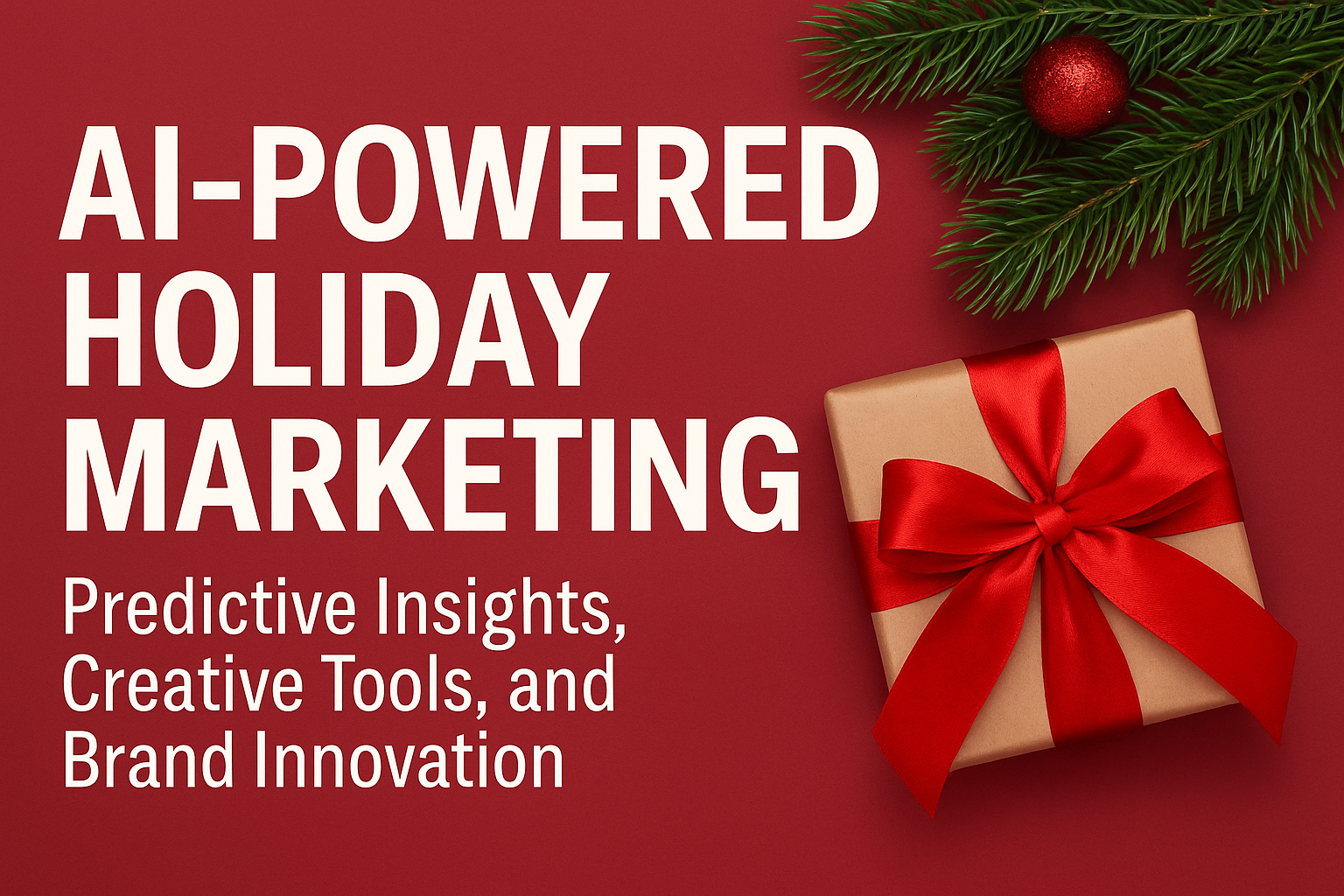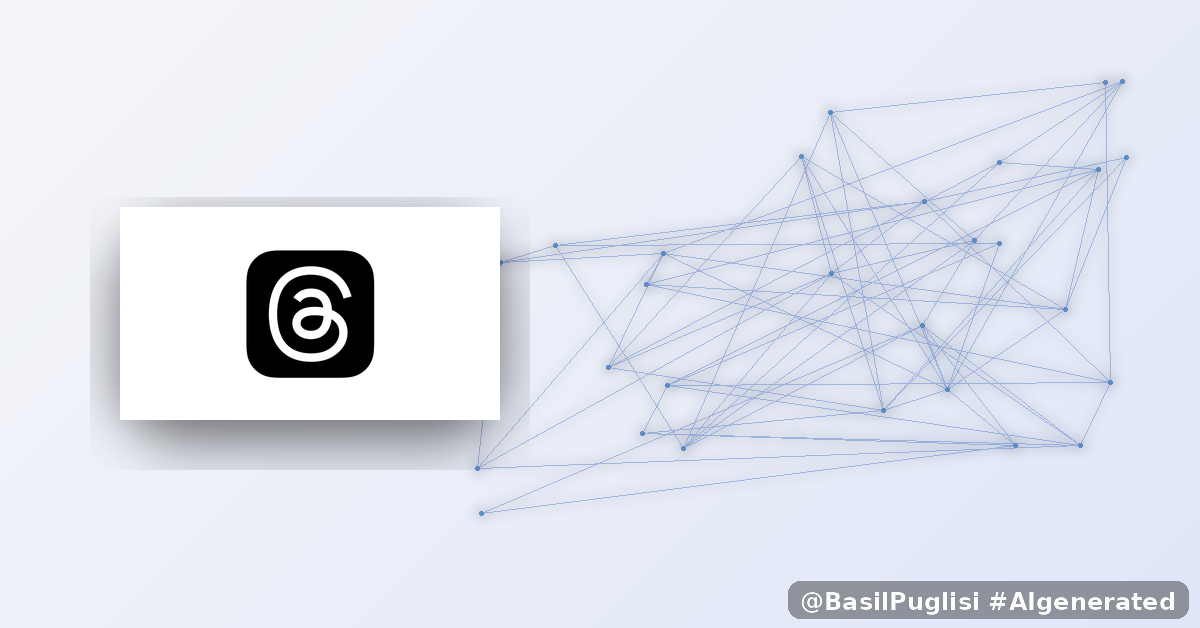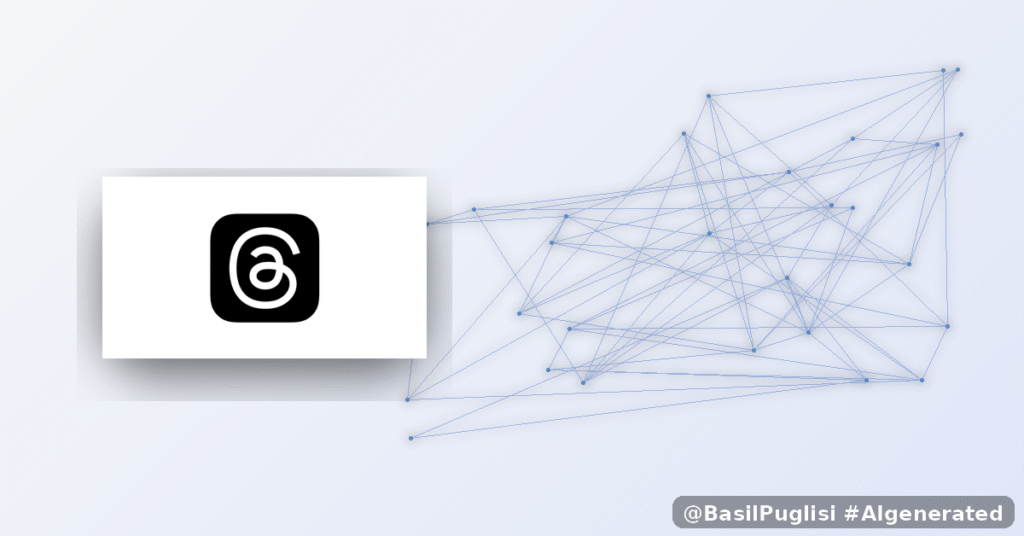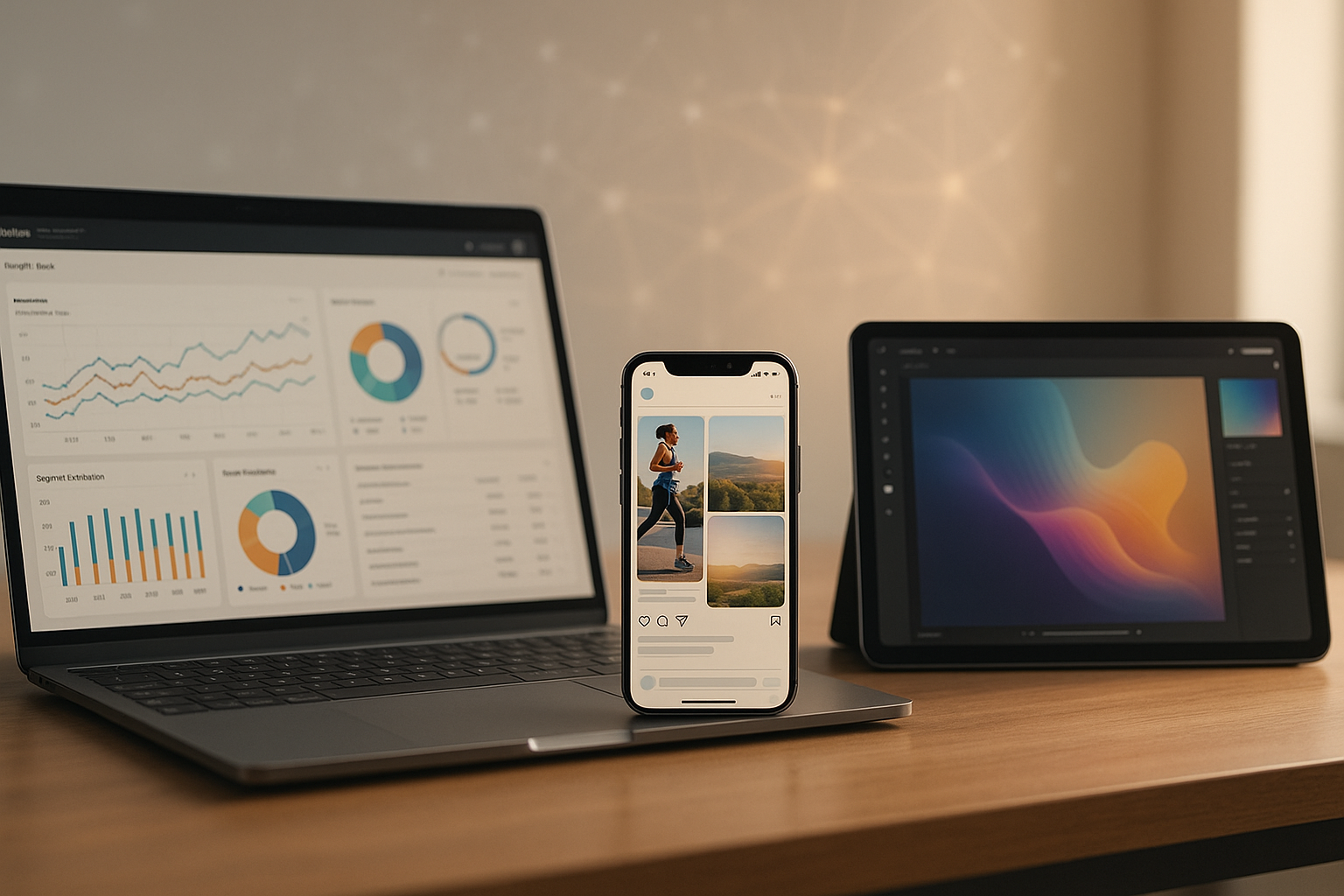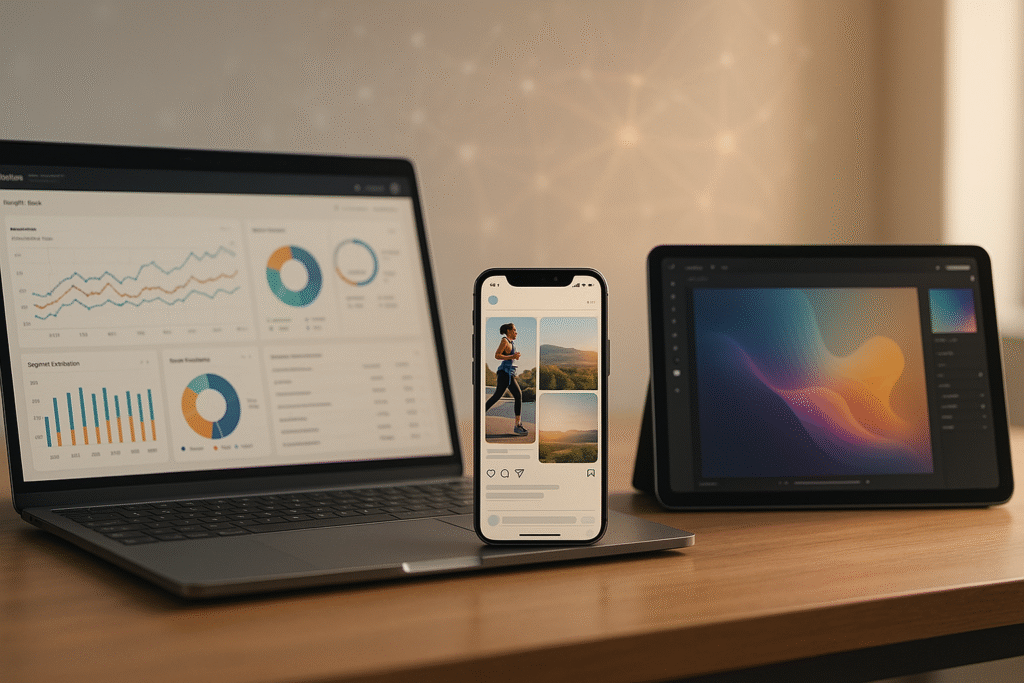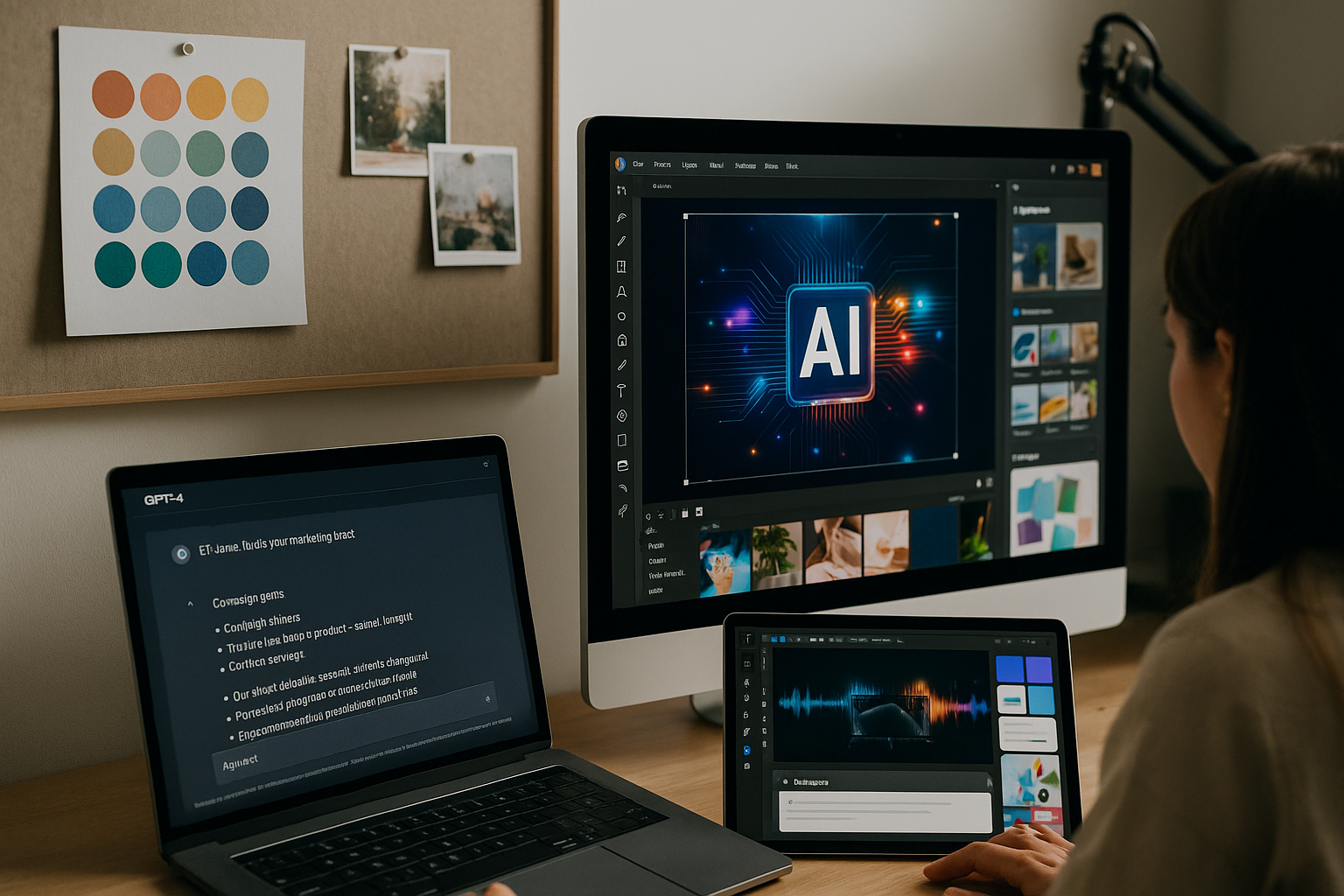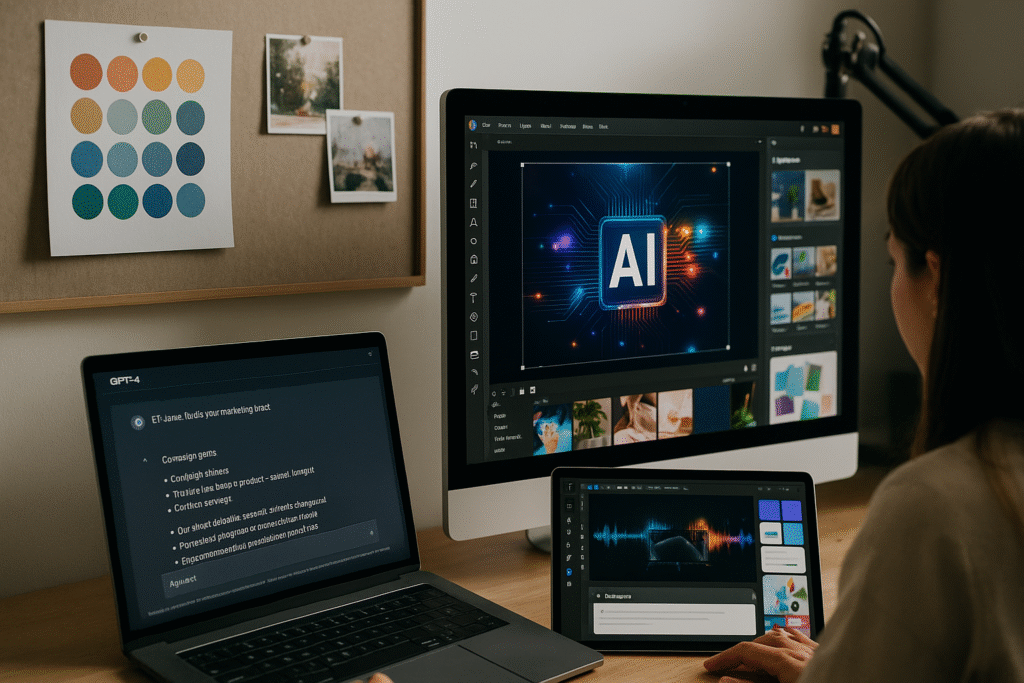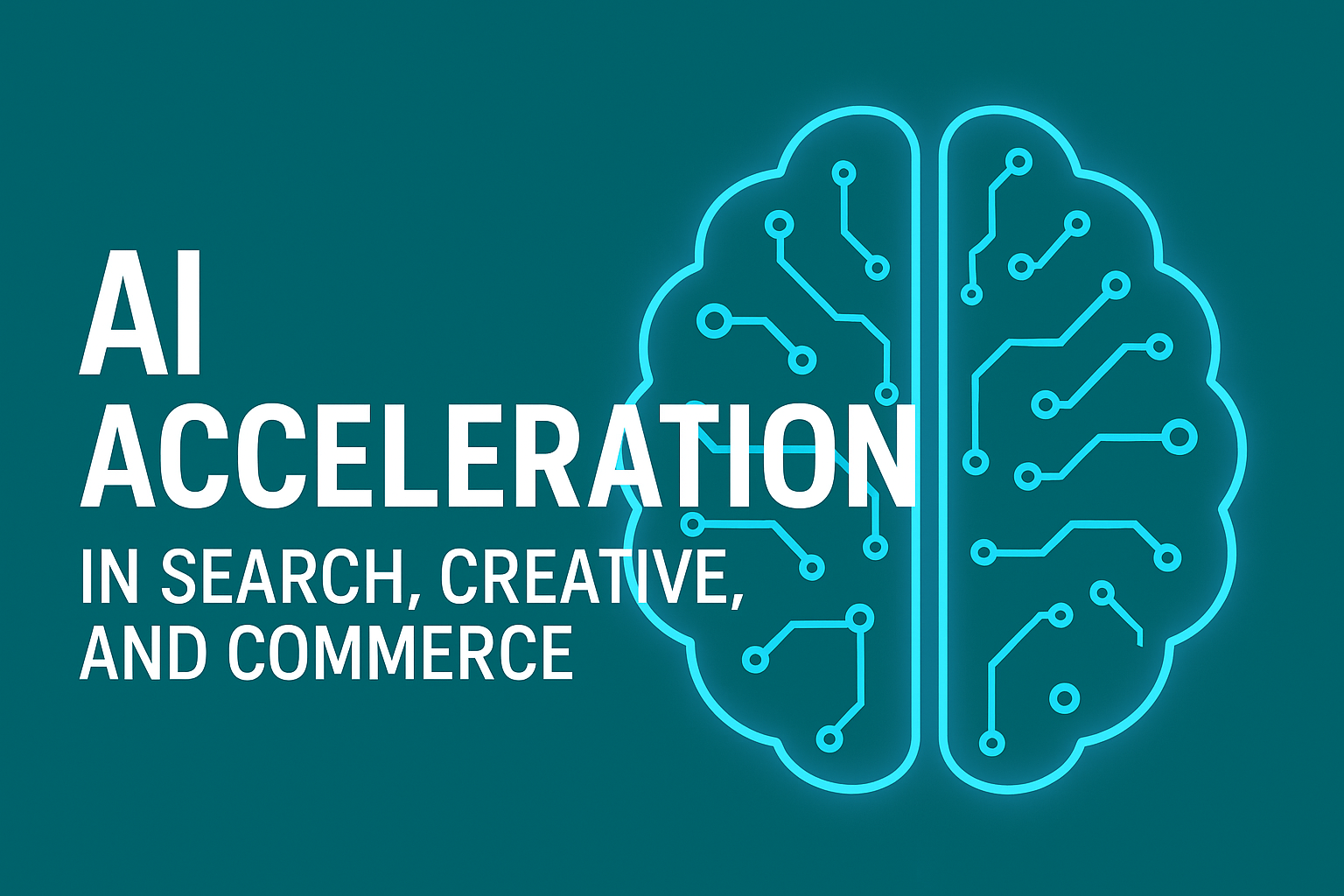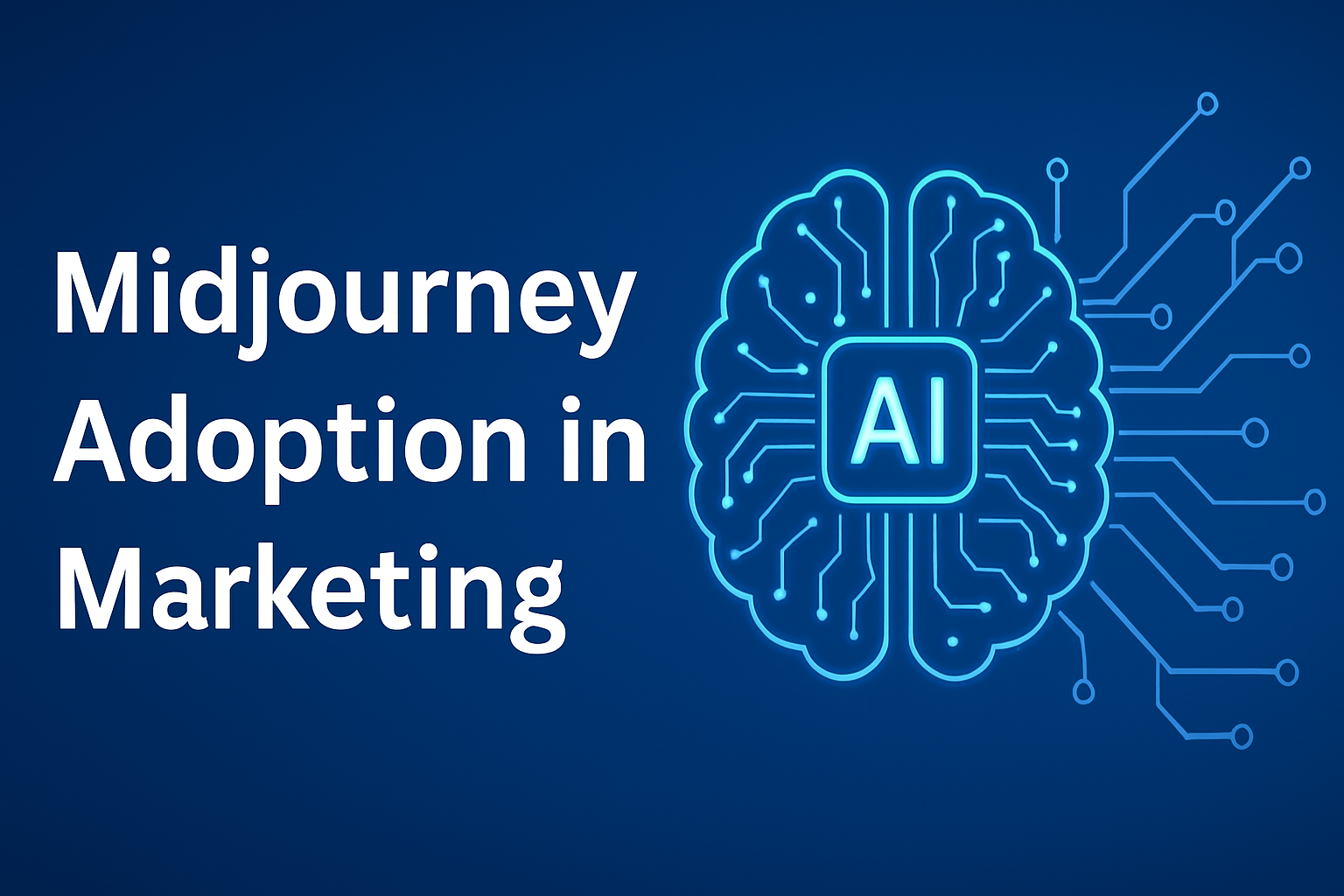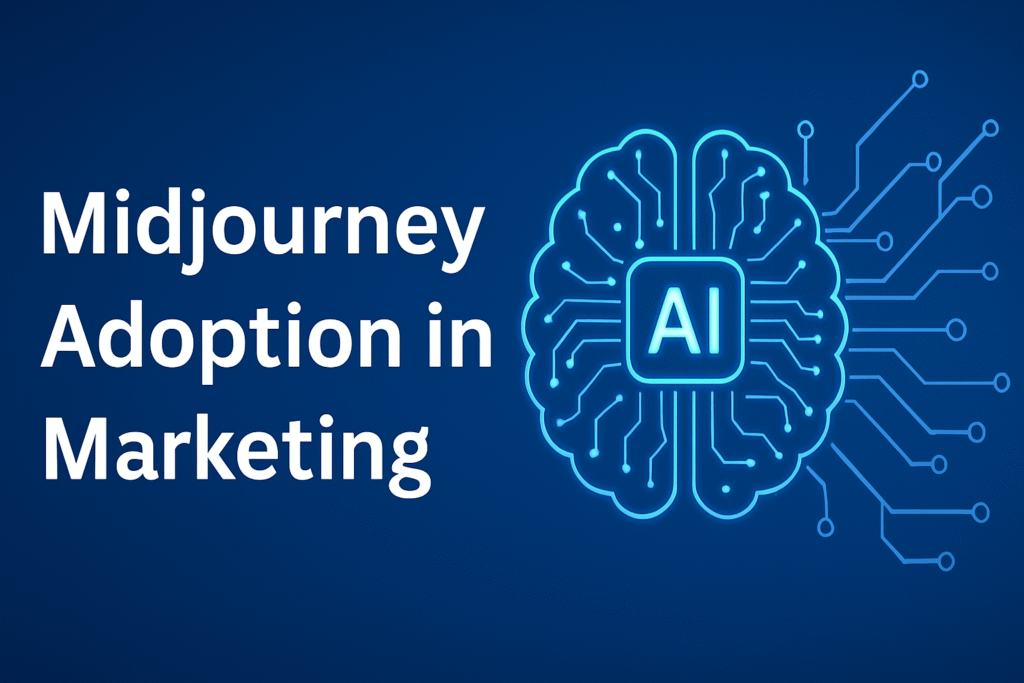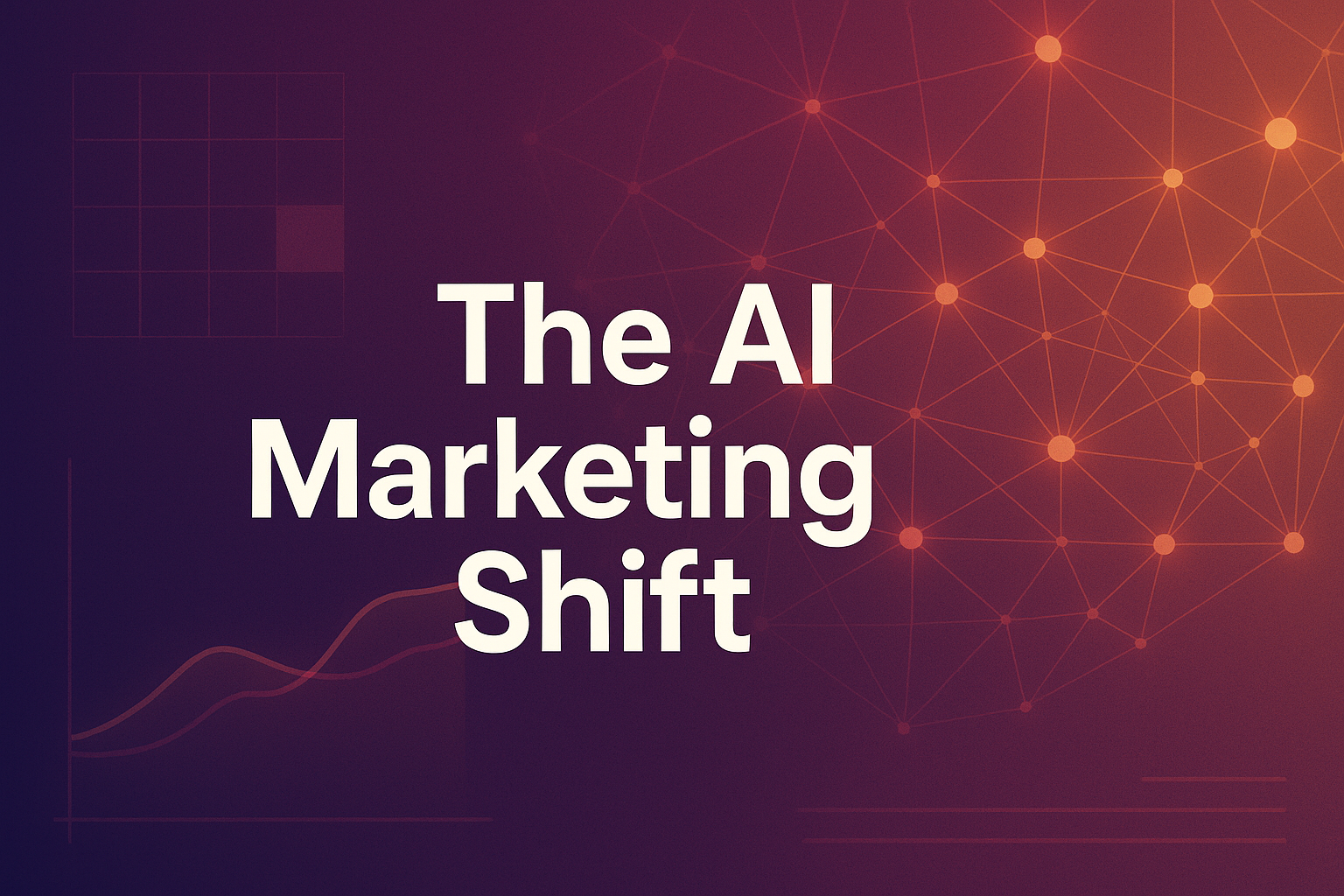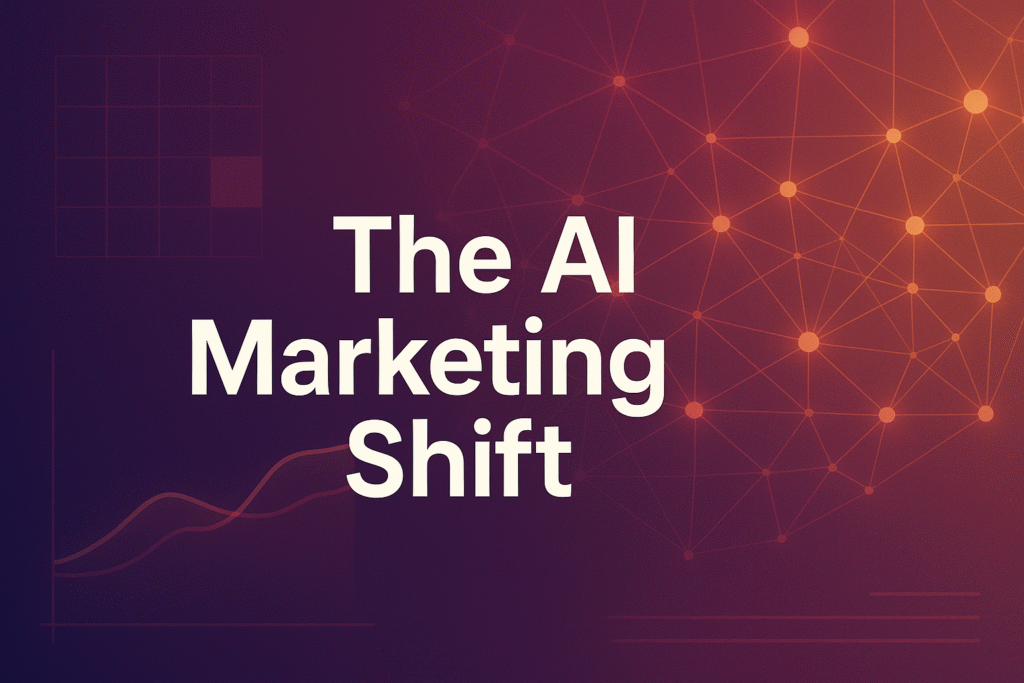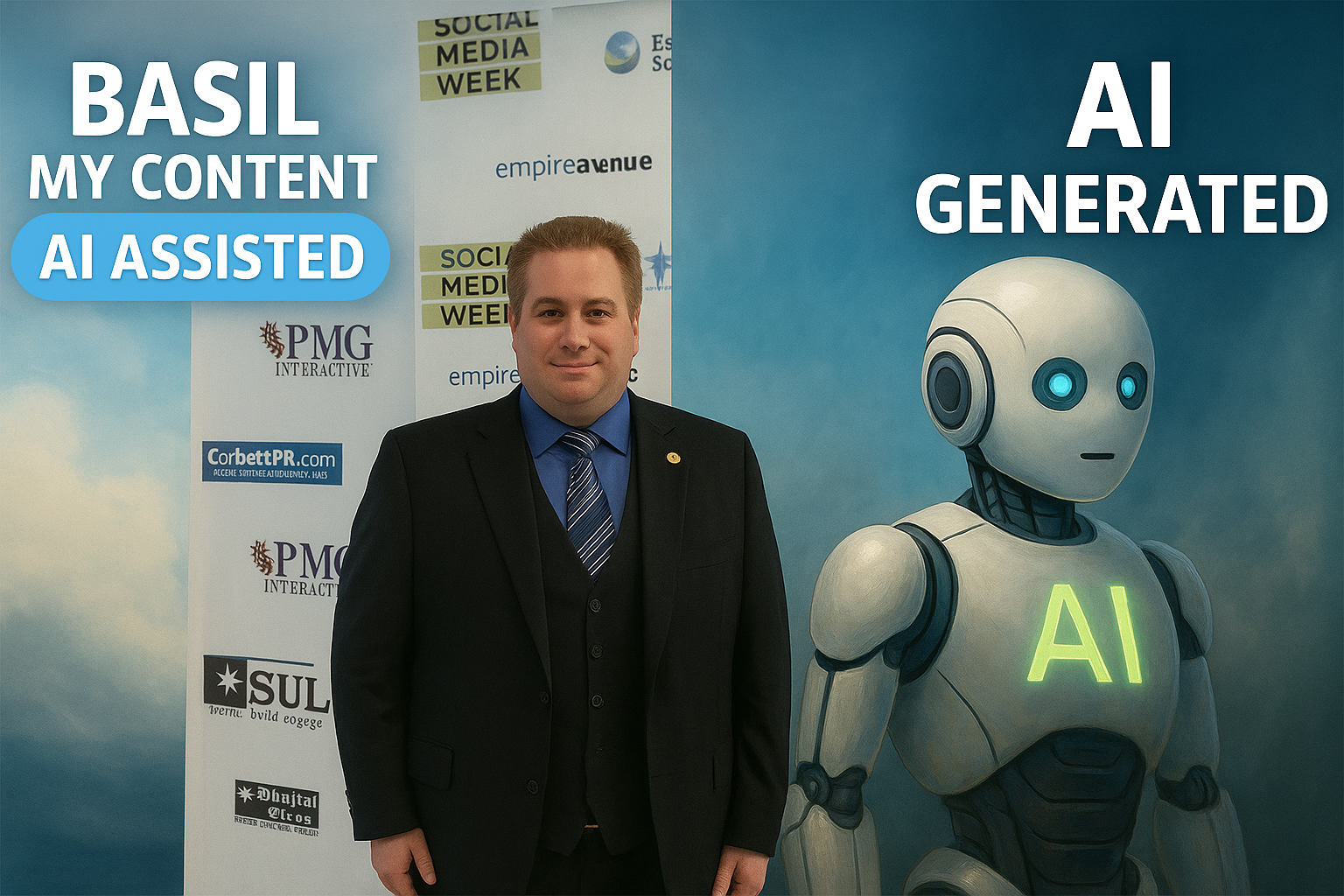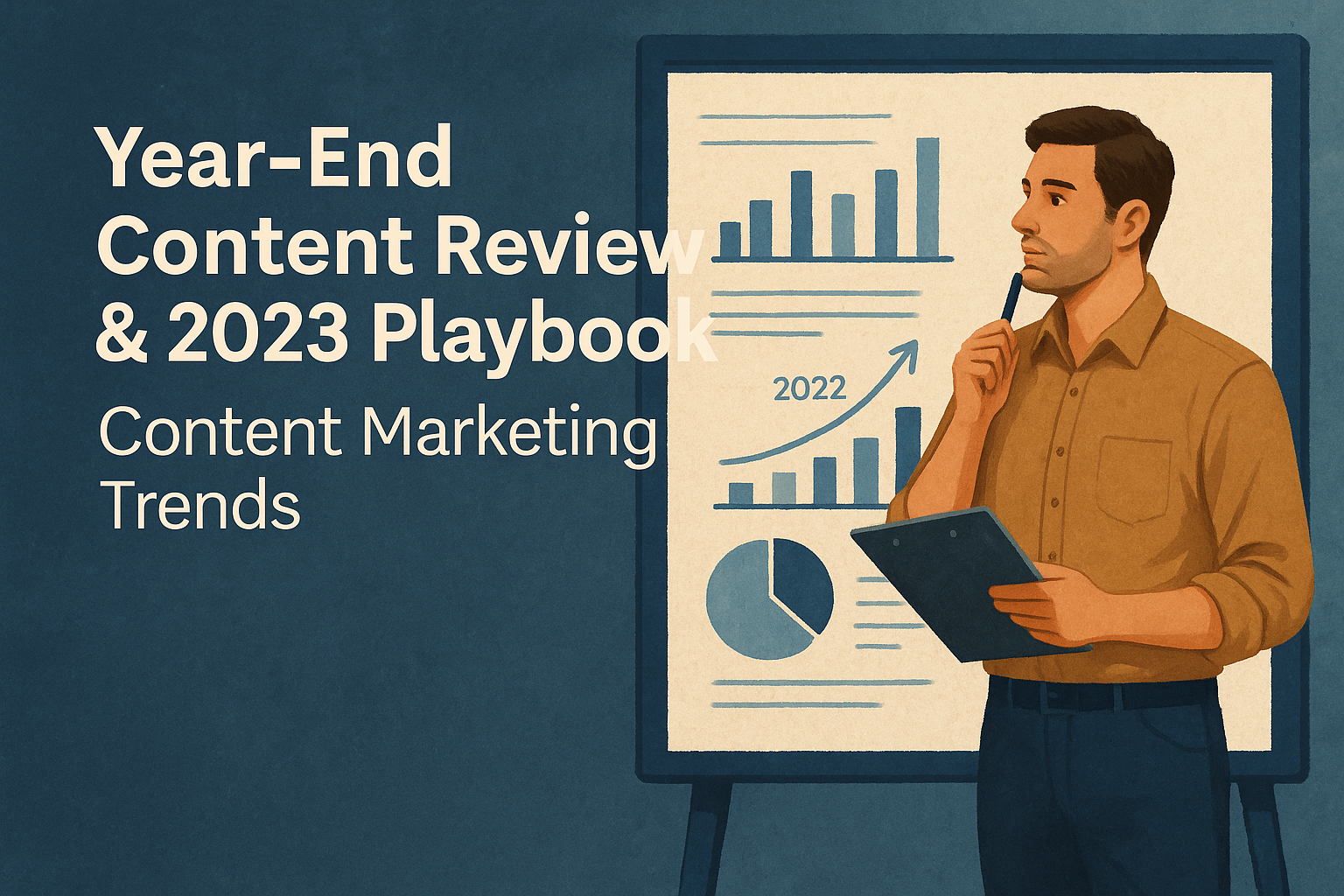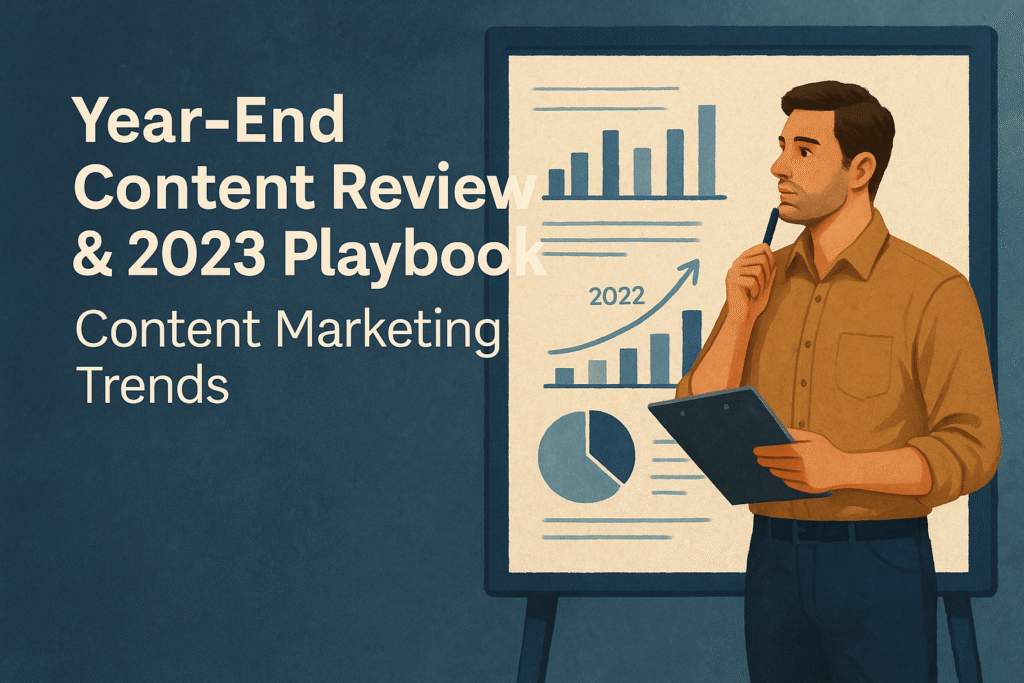As the holiday season approaches, marketing teams are turning to AI-driven tools not just to execute campaigns but to predict, personalize, and accelerate their creative output. Predictive analytics is becoming a core driver for holiday strategy, helping brands anticipate buying patterns weeks in advance. This is transforming how both B2B and B2C organizations allocate budgets, adjust messaging, and plan promotions, enabling campaigns to launch at the precise moment customers are most likely to respond.
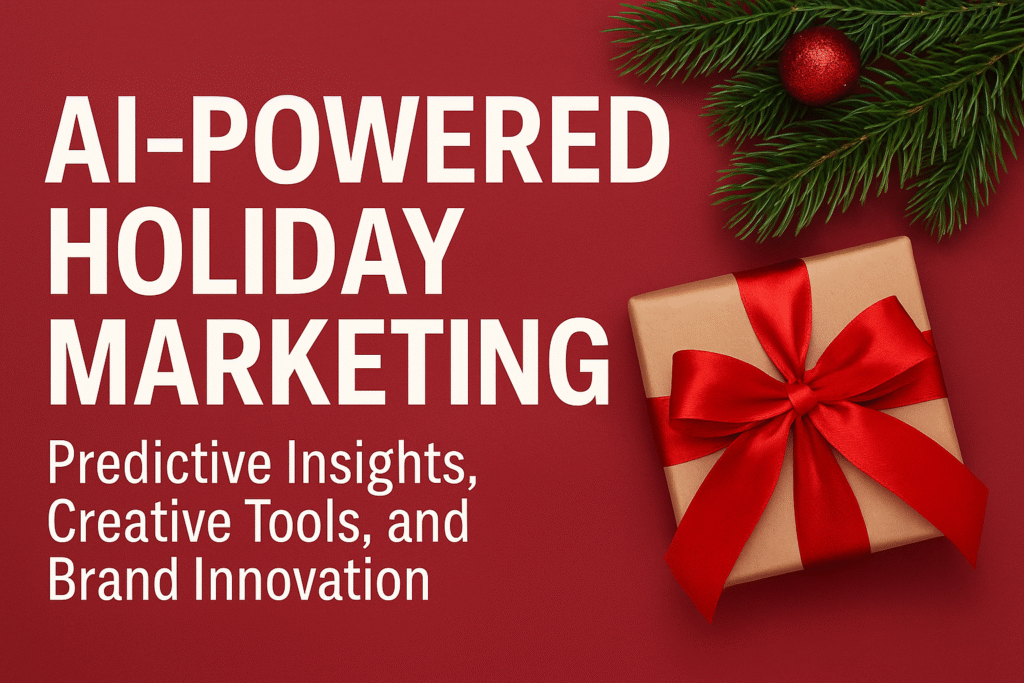
For business-facing brands, this means tighter alignment between sales teams and marketing automation. AI models can forecast which accounts are primed for engagement based on seasonal buying cycles, creating targeted offers that move prospects further down the funnel. In consumer markets, retailers can tap predictive models to identify peak days for specific segments, pushing tailored discounts, exclusive drops, or VIP experiences at just the right moment. The shift is not only in accuracy but also in how quickly creative assets can be built and deployed once the data signals go green.
The rollout of Adobe Firefly’s integration into Photoshop is one example of creative acceleration that pairs perfectly with predictive insights. Designers can now generate high-quality product images, seasonal graphics, and even complete ad concepts in hours rather than days. This speed matters for campaigns that need to pivot quickly—especially when competitive offers or market conditions change overnight. For agencies serving multiple clients, Firefly’s built-in capabilities reduce dependency on external vendors and cut production cycles without sacrificing brand alignment.
Meanwhile, LinkedIn’s AI post-suggestions are introducing a new layer of efficiency for thought leadership and brand positioning. For B2B marketers, the ability to surface trending topics, draft posts, and match tone to audience expectations means staying visible in the conversation without requiring a constant manual grind. Consumer-facing brands can also benefit when executives and influencers connected to their products share optimized, timely insights that drive awareness indirectly. This consistent presence feeds into social proof during the competitive holiday season.
Voice cloning technology is emerging as an unexpected holiday campaign asset. Instead of relying solely on booked voice talent, brands can now recreate approved voices for seasonal variations of ads, from cheerful radio spots to localized in-store announcements. For global retailers, this unlocks scalable personalization—voices can be cloned in multiple languages while keeping the same brand personality intact. B2B events are even starting to explore voice cloning for on-demand training, webinar intros, and client-specific outreach, making brand messaging feel more tailored without additional recording sessions.
In practice, these advancements are converging into multi-channel execution strategies. A brand might start by using predictive analytics to identify high-intent audiences, generate creative assets with Firefly, push messaging through AI-suggested LinkedIn posts, and then localize with AI voice cloning for video and audio placements. Each tool addresses a different friction point, yet together they compress timelines and expand personalization—two critical levers for holiday performance.
Best Practice Spotlight
In September 2023, Coca-Cola launched an ambitious holiday campaign built entirely on AI-generated creative. Partnering with platforms like Runway, the brand produced personalized video ads designed to reflect the festive traditions of different regions. Rather than relying on conventional live-action shoots, Coca-Cola leveraged AI to generate snowy backdrops, digital actors modeled on approved likenesses, and region-specific visuals—all tailored from a central creative concept. The result was a scalable campaign that maintained the brand’s iconic holiday spirit while delivering customized variations to audiences worldwide. According to AdWeek, this approach increased engagement rates by 15% compared to previous holiday ads, proving that AI can enhance both efficiency and impact when deployed with creative intent.
Creative Consulting Concepts
B2B Scenario
Challenge: A software solutions provider wants to capture late-year deals before budgets reset, but faces long decision cycles.
Execution: Use predictive analytics to flag accounts most likely to close in Q4, then create targeted LinkedIn campaigns featuring executive thought leadership posts generated through AI suggestions. Support these with personalized demo videos enhanced via Firefly-generated visuals.
Expected Outcome: Increased lead-to-close rate in the final quarter, with marketing spend focused on high-probability opportunities.
Pitfall to Avoid: Over-reliance on generic AI copy without tailoring for industry-specific pain points.
B2C Scenario
Challenge: A mid-sized e-commerce retailer needs to stand out during the holiday discount rush.
Execution: Combine AI-driven demand forecasting with Firefly-generated ad creatives for flash sales. Layer in AI voice-cloned audio for personalized TikTok and Instagram video ads, aligning offers with predicted peak shopping hours.
Expected Outcome: Higher click-through and conversion rates during key sales windows.
Pitfall to Avoid: Launching creatives too far in advance of predicted buying spikes, diluting urgency.
Non-Profit Scenario
Challenge: A children’s charity aims to maximize donations during the holiday giving season while hosting a hybrid fundraising gala.
Execution: Deploy AI-assisted email targeting to segment donors by giving history and predicted response timing. Use AI voice cloning to deliver personalized thank-you messages from recognizable ambassadors during the livestream.
Expected Outcome: Increased donation volume and engagement during the event, with a more personal donor experience.
Pitfall to Avoid: Failing to clearly disclose the use of AI in voice messages, which could affect trust with certain donor segments.
References
Adobe Newsroom. (2023, September 13). Adobe unleashes new era of creativity for all with the commercial release of generative AI.
TechCrunch. (2023, June 21). LinkedIn rolls out AI-powered post suggestions to users globally.
Ad Age. (2023, July 10). AI voice cloning takes brand campaigns to new heights.
Marketing Week. (2023, September 8). AI-powered email targeting for holiday success.
AdWeek. (2023, September 5). AI-generated video ads power holiday campaigns.
Forbes. (2023, September 12). How AI is transforming holiday marketing campaigns.
